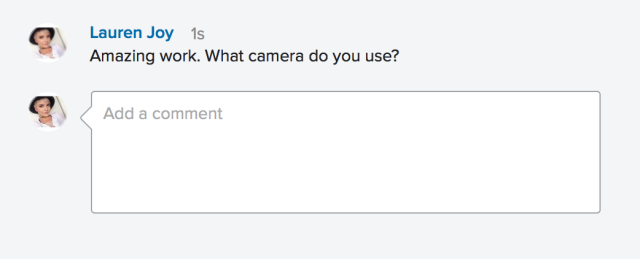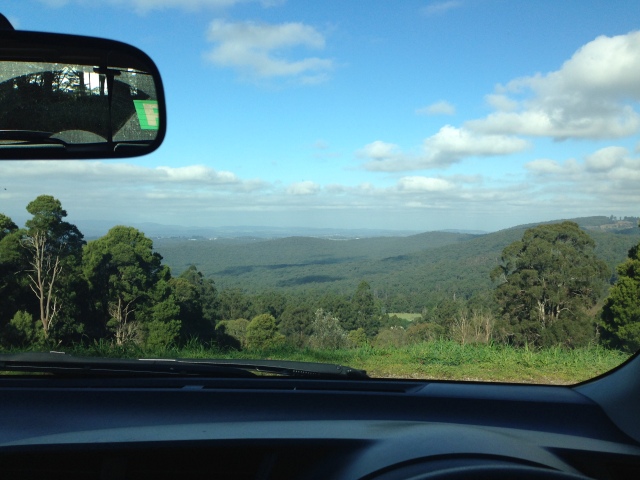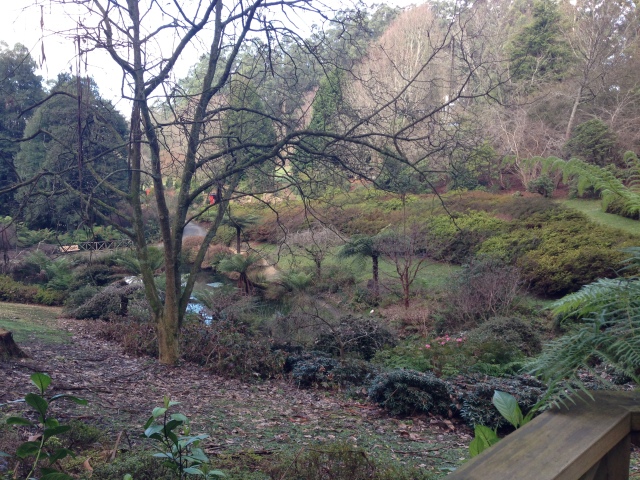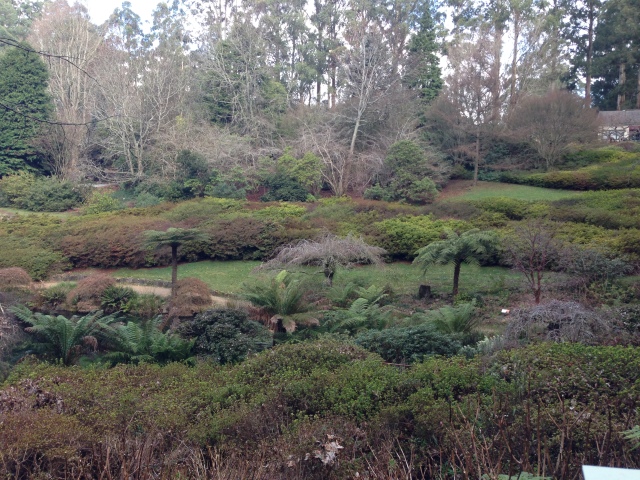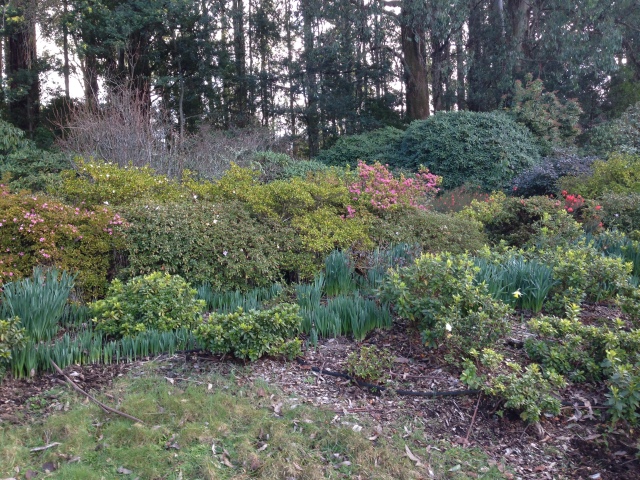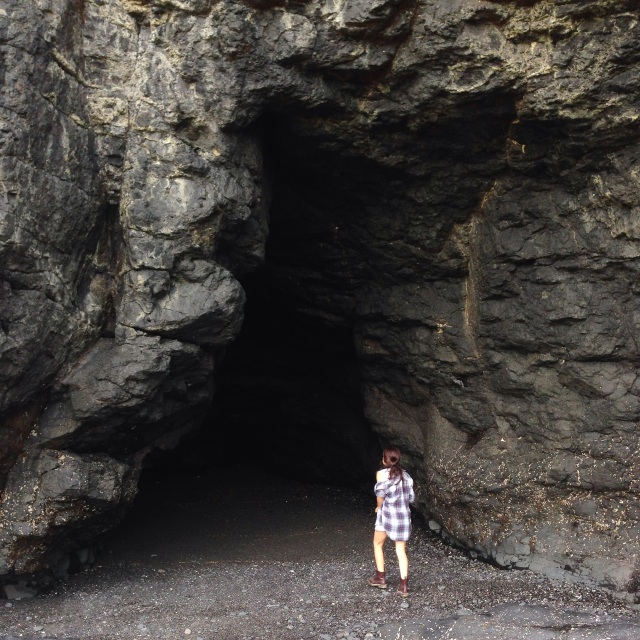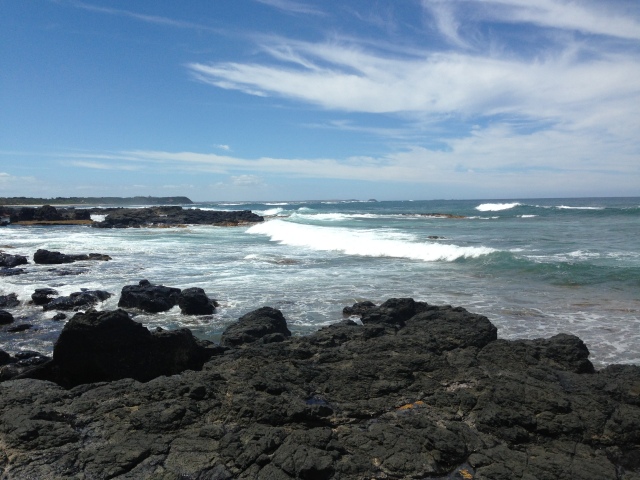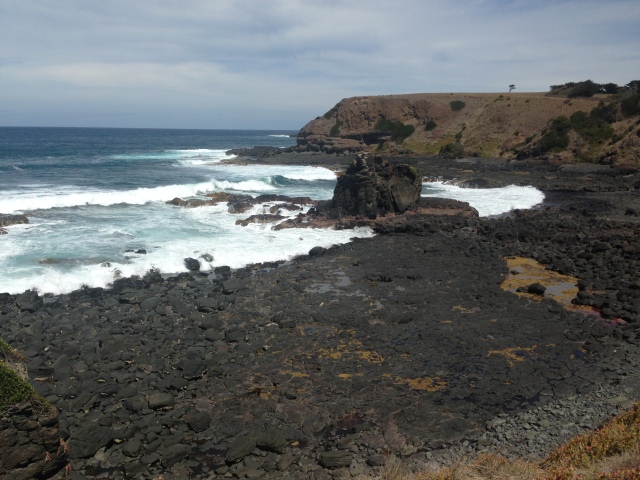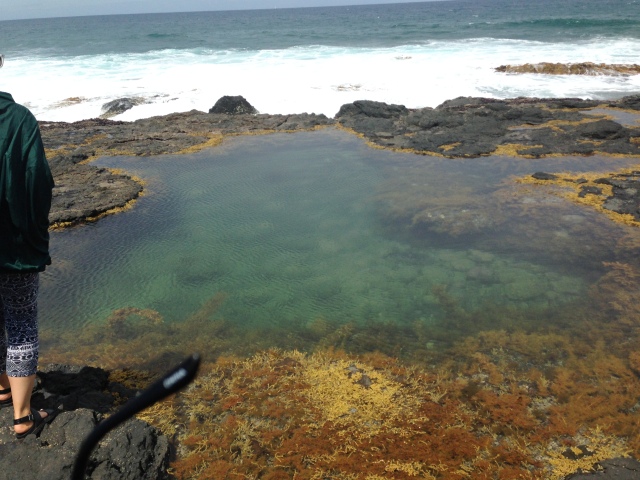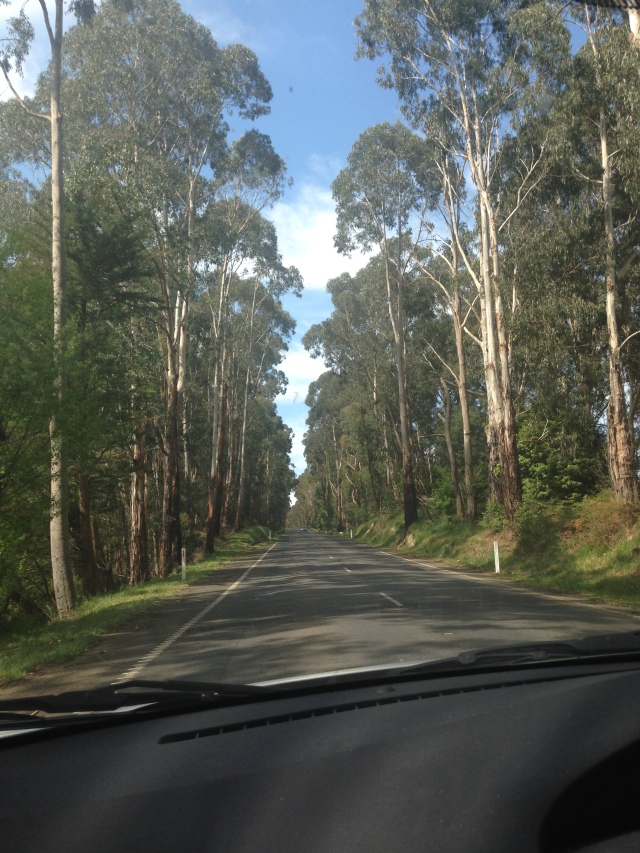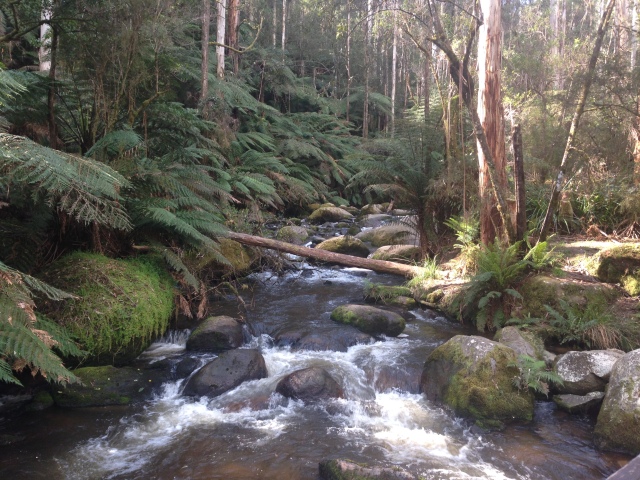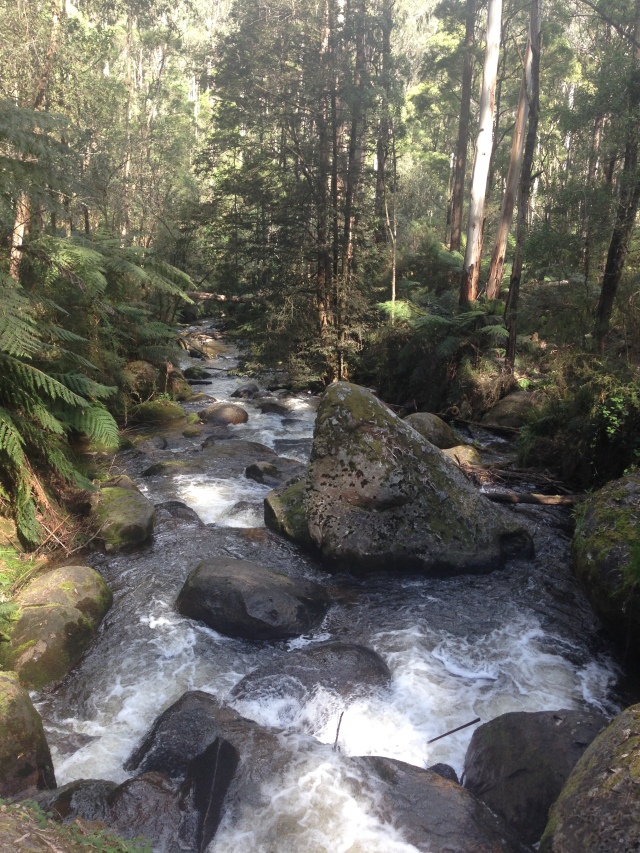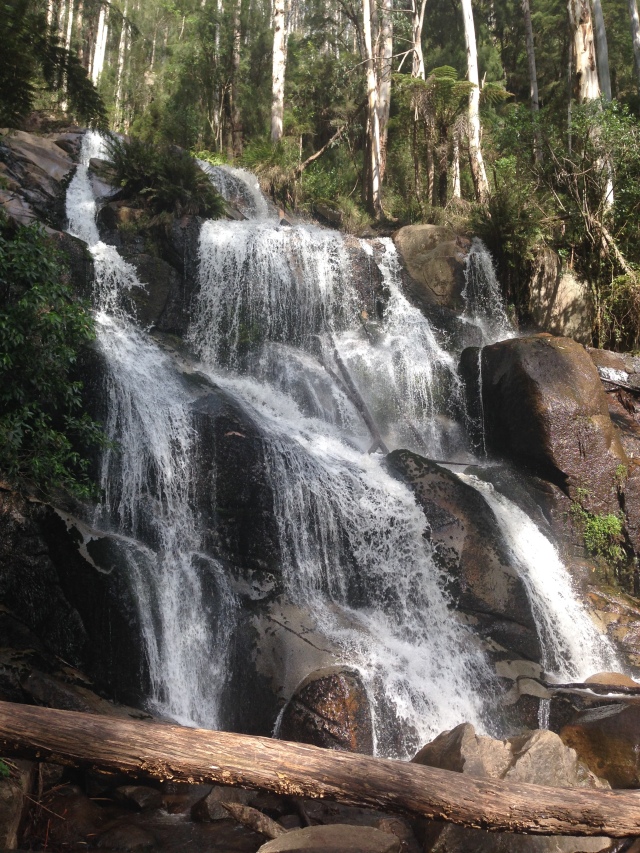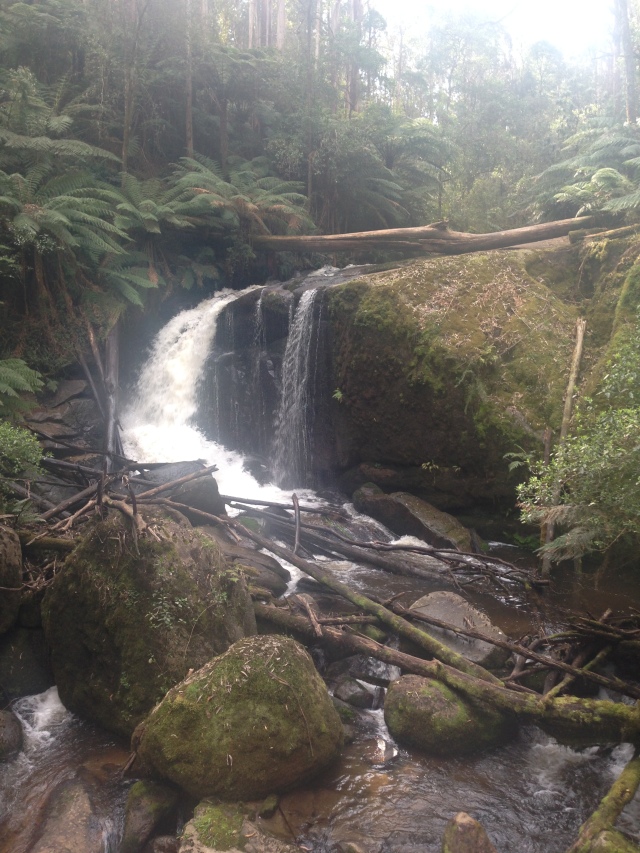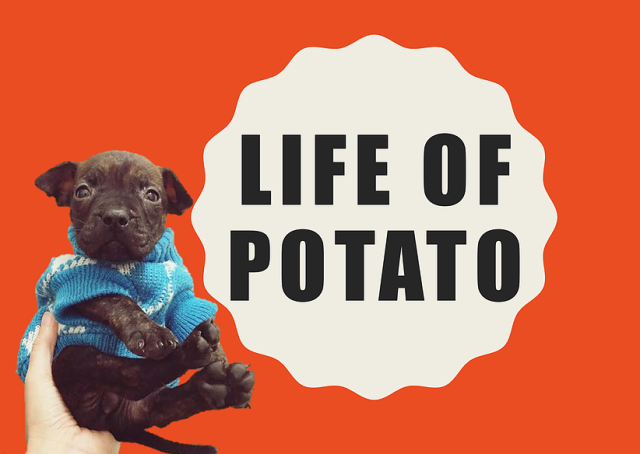
I guess you could call us overly confident. We had a strong plan in mind and we developed this. we were blessed with a group where each member was actively engaged in this project and actually cared about our outcome. We knew each others’ capabilities and strengths and worked with that. But every confident student faces challenges right? Throughout this course we have learned about cultural materialism and technological determinism. We decided that an online, interactive book would be an interesting idea. We wanted to see how a traditional (paper) book could be manipulated by modern-day technological dependence. So, through utilising the website Wix we were able to address this. We all had the idea of creating a children’s book. We wanted it to be active so the reader could change the fate of the story by clicking different buttons and the story would re-route. We toyed around with multiple ideas before settling on our end product. Somewhere along the lines we reached a group ethic where we all evenly completed the work. One day Martina came to class and showed us “Potato” the “lonely puppy,” and we fell in love with the idea of trying to find this puppy a home through our book. We wanted the book to be more than just a story; we wanted it to have a positive impact where it could actually help an animal. Through this idea of allowing the reader to fall in love with Potato and then realise that he is real and available for adoption we thought we could help both Potato and the reader.
We did strike issues in terms of hypertext. We learnt the theory of this all semester and it seemed relatively easy, but when creating a book with multiple pathways, where an author can move through the book at their own will, problems arose. We were trying to create a “back” button for the readers’ leisure to move freely through the book, but this complicated things for us. We had to duplicate many pages of the book and basically create a second version of the book so that each link within the book would correctly link. This gave us a real-life example of ensuring that we are writing with an awareness of our audience and other texts which we learnt through the course readings.
Due to the fact that Potato is a real dog and we incorporated real pictures of him, we were faced with copyright issues which we were briefed about in week 3. We contacted Potato’s foster family; the owner of “The Life of Pikelet” (a social media account) and we were granted permission to us the photos. We had the idea of illustrating our own puppy however, we thought that using photographs of a real dog in need it would enhance the authenticity of our book. We wanted the audience to take the book seriously where the parents and children reading the book were able to fall in love with this realdog. We thought that this would assist in the adoption process at the end of the book. We came across a few issues with this idea in terms of Potato’s adoption date and whether or not he would still be available when the assessment was due, however we adapted the story and have decided to link the ending to multiple puppy adoption agencies so that we can hopefully help a larger amount of puppies find their ‘furr-ever’ home.
Visit the story here.
The Team: Bronte Godschalk, Martina Gritti and myself, Lauren Joy.
All links to Hypermedia Story:
http://martina-gritti.wix.com/lifeofpotato
http://martina-gritti.wix.com/lifeofpotato#!chapter-one/zqjht
http://martina-gritti.wix.com/lifeofpotato#!sad-end/isnhn
http://martina-gritti.wix.com/lifeofpotato#!chapter-two/i5fxv
http://martina-gritti.wix.com/lifeofpotato#!blank/aaa10
http://martina-gritti.wix.com/lifeofpotato#!park-1/ucbq1
http://martina-gritti.wix.com/lifeofpotato#!bath/slu7u
http://martina-gritti.wix.com/lifeofpotato#!nap/qfcl5
http://martina-gritti.wix.com/lifeofpotato#!the-end/p00yd
http://martina-gritti.wix.com/lifeofpotato#!blank-1/d7rpq
http://martina-gritti.wix.com/lifeofpotato#!beach/mppr2
http://martina-gritti.wix.com/lifeofpotato#!rescue-a-puppy/nyqcu
http://martina-gritti.wix.com/lifeofpotato#!about-us/s2pyb
http://martina-gritti.wix.com/lifeofpotato#!share-the-story/ap1hf

